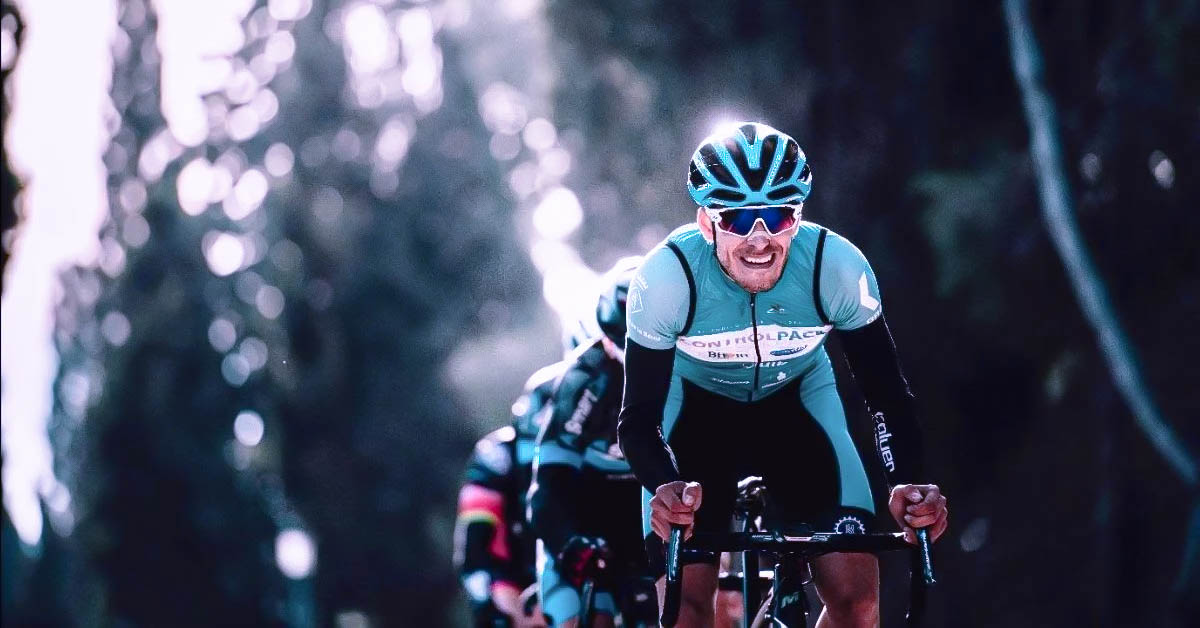Everyone talks about wattages. But which numbers are run by the best at big Ironman and bike races?
In cycling, watt measurement has become established as a highly efficient training tool in the performance area and, together with pulse and cadence measurement, forms an efficient trio that can be used to “read” and develop your fitness. For the comparison of watt measurement results, the absolute watt number is not used, but the watt to weight ratio of the athlete is determined and indicated in watts per kilogram body weight.
For example: If an 80 kilogram man can pedal 240 watts for 5 minutes, his specific power over this period is 3 watts per kilogram.
A sprinter is typically characterized by a maximum high wattage (up to more than 20 watts per kilo), which he can only produce for a very short time (a few seconds). An excellent time trial rider, on the other hand, excels in the 60-minute test with over 5 watts/kilo, but over very short periods of time he will have difficulty achieving values similar to those of a sprinter. Basically, two riders are not equally strong when they pedal the same amount of watts in absolute terms, but they are equally strong when they can achieve the same amount of watts per kilo.
Triathletes use around 3.8 watts/kilo
The world’s best triathletes complete their Ironman competitions with about 3.8 watts per kilo of body weight. In 2014, professional triathlete Maik Twelsiek completed the 180 kilometers in 4:24 hours in Hawaii, achieving an average of 282 watts or the equivalent of 3.71 watts/kilo. This was the second best cycling time behind Sebastian Kienle, who was four minutes faster. Since Kienle is a few kilograms lighter than Twelsiek, Kienle had to produce an average of “only” 277 watts to achieve the best time. The values for women look similar in comparison. The best women – by the way, the record in Hawaii is still held by Karin Thürig from Switzerland in 4:44:19 hours – achieve around 3.6 watts/kilogram.
Lionel Sanders, a newcomer in the scene with huge potential, deserves special mention. The Canadian triathlete rode an average of 315 watts at Ironman Arizona last year, which corresponds to a value of 4.31 watts/kilo with a body weight of 73 kilograms. This value may be one of the highest ever in the Ironman circuit. With 4:03:38 hours Sanders holds the record for the long distance. The 28-year-old does not have to be afraid of the comparison with a pure cycling professional. In a time trial over about an hour, a professional cyclist rides an average of 5.4 watts/kilo, which for a 73-kg athlete corresponds to 395 watts. Anyone who has ever carried out performance diagnostics on a bicycle ergometer knows what 400 watts feel like.
And how fast would a professional cyclist be in a triathlon?
Sebastian Weber, a recognized cycling coach, believes that a top professional cyclist could ride the 180 km at an Ironman with an average of around 4.5 watts – provided he survives the swim course reasonably unscathed. Even more astonishing are the values that are achieved at short notice during a Tour de France stage. Top athletes can reach up to 6.65 watts per kilo, as Italian Fabio Aru showed for 16 minutes before in the Tour de France on his first ascent in La Planche. With Arus weighing only 66 kilograms, this performance corresponded to a total value of around 440 watts.
Hobby Athletes Focus on Consistency
While the wattage values of the pros at an Ironman can vary greatly over the course of the race depending on the course of the race and race tactics, age-group athletes do well to keep their values as constant as possible so as not to collapse on the running course. By the way, comparisons among each other are also becoming increasingly popular, for example on platforms such as strava.com. There you can not only exchange and compare with your friends, but also see from many professionals what they have achieved where and under what conditions – even if such fantasy numbers are not always uplifting for your own performance.
This Blog Article was made available to us by Fit for Life. Fit for Life is the Swiss magazine for fitness, running and endurance sports. Would you like to read such articles regularly? Then click here.

